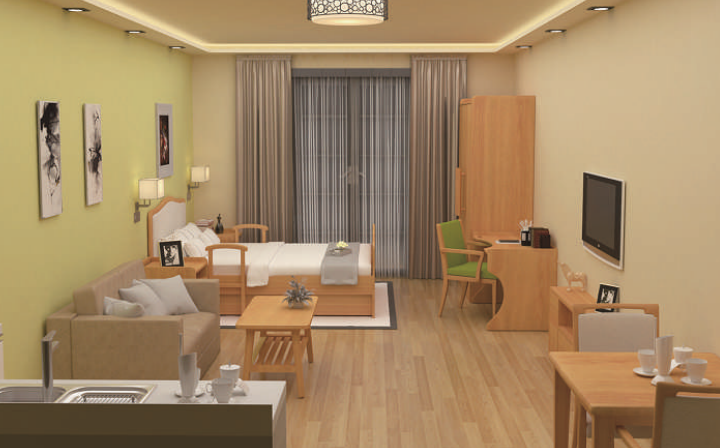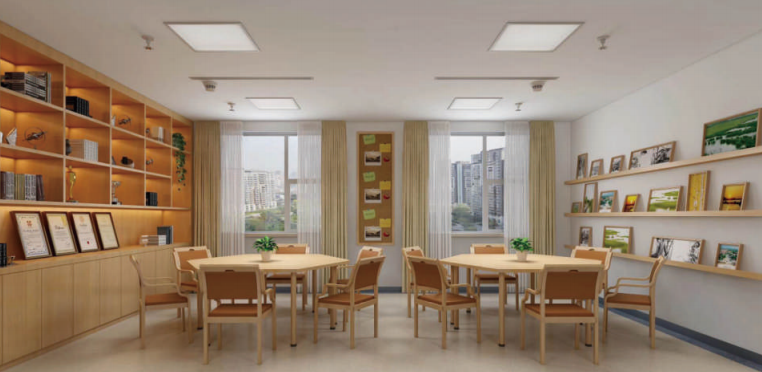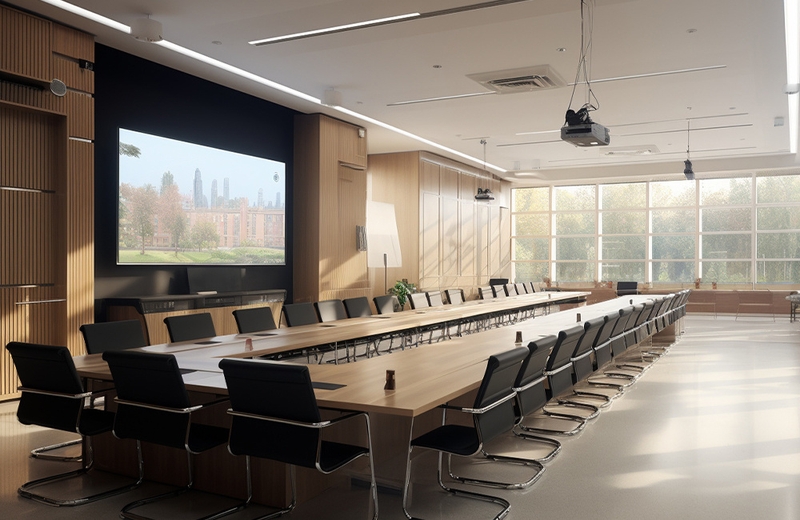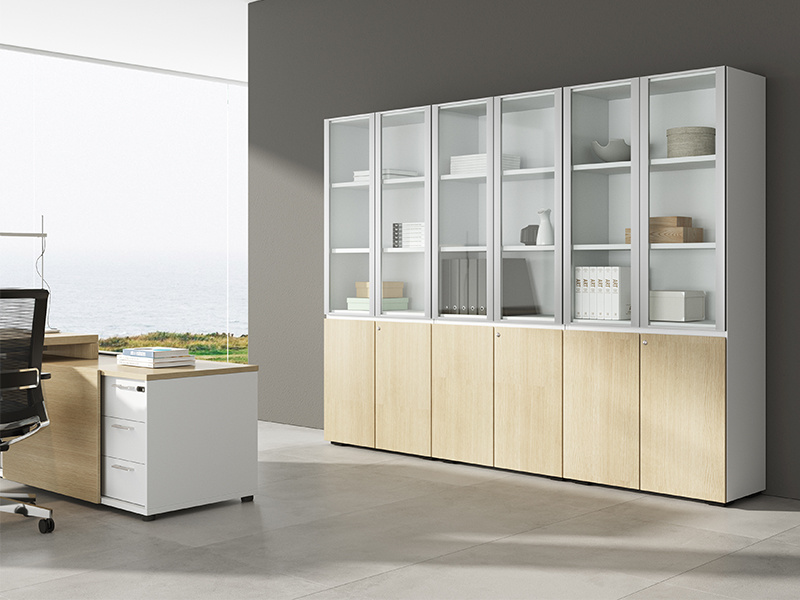In the operation of modern enterprises, the company restaurant is not only a place for employees to eat, but also a part of the corporate culture and brand image. Therefore, when customizing company restaurant furniture, it is a task that requires careful consideration to ensure that the design is consistent with the corporate image and meets the use needs of employees. Here are a few key steps to achieve this goal:

1. Clarify corporate image and culture
Before designing, you must first clarify the company's culture and brand image. This can be achieved by working with the business’s design department or brand team. Understand the company's core values, target customers and market positioning, and integrate these elements into the design of the restaurant space. For example, a technology company may favor a modern, minimalist style, while a traditional business may prefer a classic and elegant design.
2. Analyze employee needs
Employees are the main users of the restaurant, and their needs are an important basis for determining the design direction. Collect employee expectations and feedback about your restaurant through questionnaires, focus groups, or one-on-one interviews. Understand their pain points and expectations when using the restaurant, including seat comfort, space privacy, environmental atmosphere, etc., and integrate these into the furniture design.
3. Integrate functionality and aesthetics
When designing company restaurant furniture, the corporate image should be combined with employee needs, and harmony and unity should be achieved through the integration of functionality and aesthetics. For example, you can choose furniture that features your company’s signature colors while ensuring that the furniture is ergonomically designed to improve employees’ dining comfort. Designs such as modular furniture or adjustable seats can also enhance the flexibility and practicality of the space.
4. Utilize professional design services
Look for a professional company or designer with experience in corporate restaurant design who can provide targeted suggestions and design solutions. A good designer can help identify potential problems and skillfully incorporate elements of corporate culture into furniture design. In addition, they can provide practical space layout suggestions so that the restaurant is not only beautiful but also uses the space efficiently.
5. Choose appropriate materials and processes
To maintain the durability and beauty of your dining room furniture, choosing the right materials and manufacturing processes is crucial. Materials should comply with the company's environmental standards and be easy to clean and wear-resistant. At the same time, the choice of technology should ensure that the furniture maintains its design effect during long-term use.
6. Establish a feedback and adjustment mechanism
After the restaurant furniture is put into use, it is important to establish an ongoing feedback mechanism. Regularly collect employee feedback on the experience of using restaurant furniture and make adjustments based on actual conditions. For example, add comfort accessories or adjust the layout to better accommodate your employees' changing needs.
Conclusion
When customizing corporate restaurant furniture, a successful design requires finding a balance between corporate image and employee needs. Through in-depth needs analysis, professional design services and continuous usage feedback, companies can provide employees with a dining environment that reflects corporate style, is comfortable and practical, thereby improving employee satisfaction and strengthening corporate culture.














 电话咨询
电话咨询
 微信咨询
微信咨询
 微信扫码
微信扫码